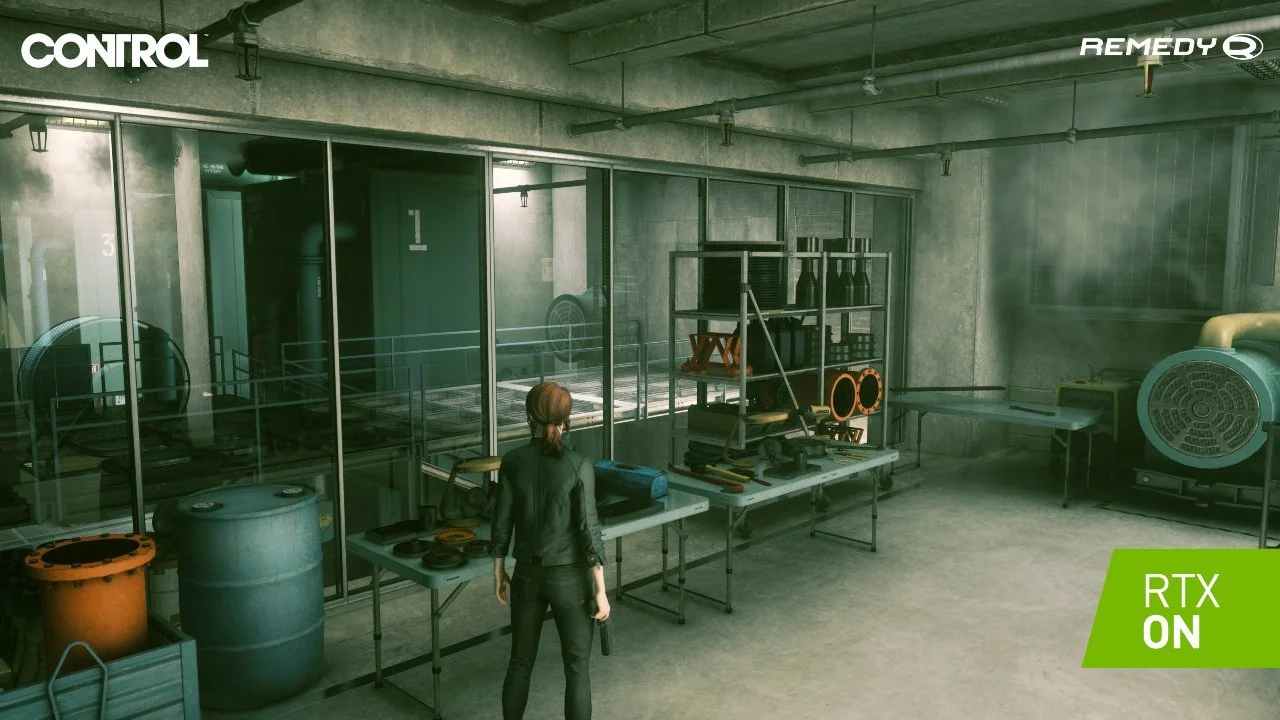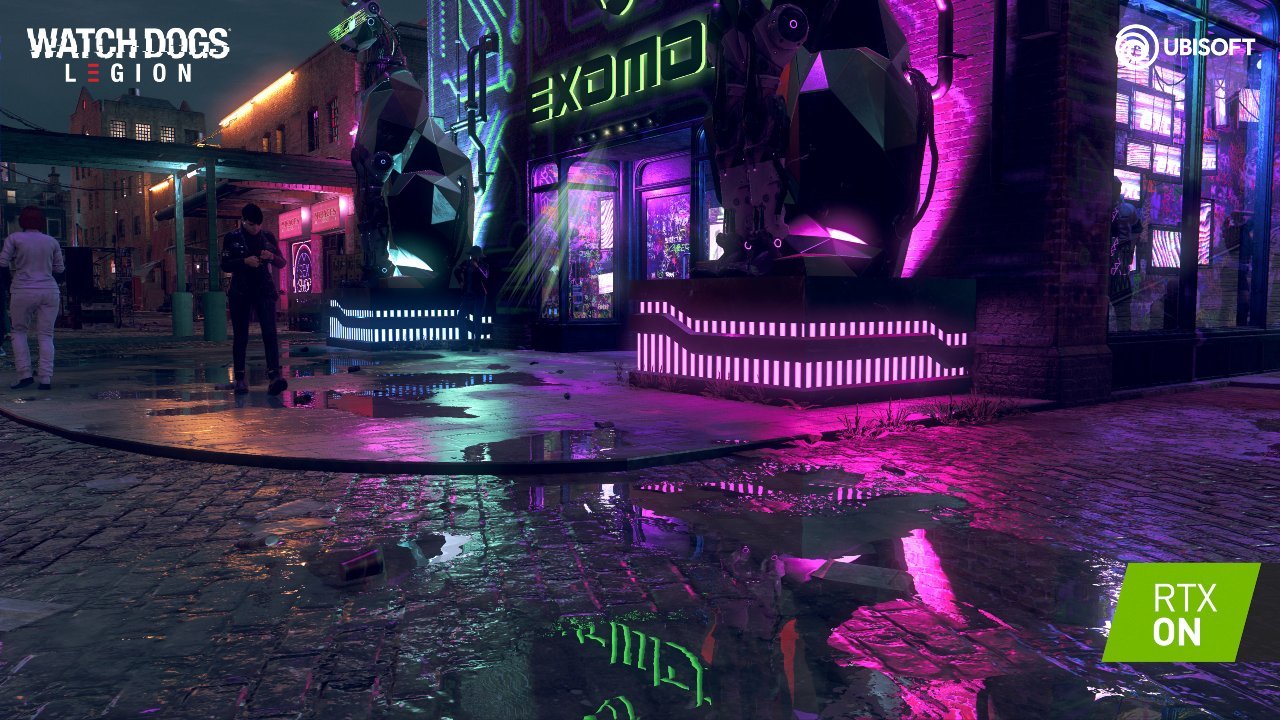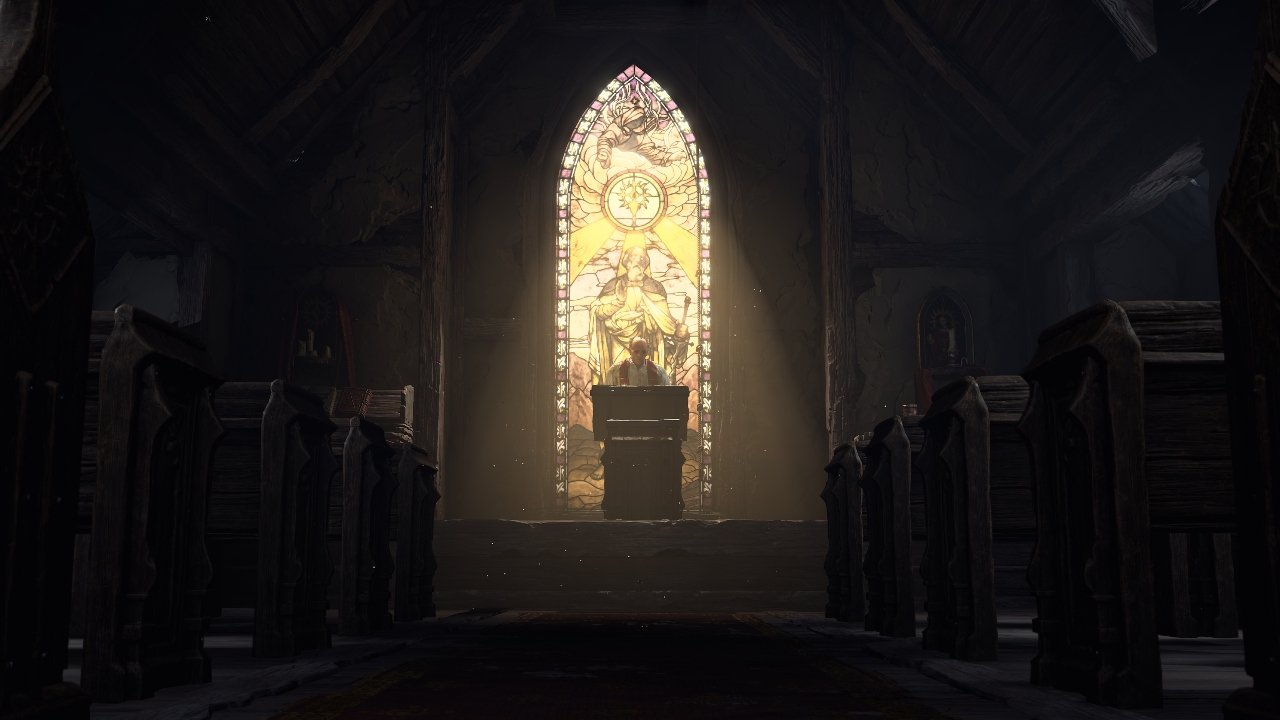Are your eyes widening more when you play games? It could be because many games now use ray tracing technology, which is now possible in real-time thanks to specialized graphics hardware since 2018.
Although ray tracing is often associated with PC gaming, Microsoft's Xbox Series X and Sony's PlayStation 5 also support it with a growing library of compatible games. Here we understand the importance of real-time rendering in games and how ray tracing technology affects game graphics.
Image Source: Nvidia
What Do You Need To Know About Ray Tracing Technology?
Discover the highly effective technique of ray tracing, perfect for illuminating computer-generated scenes. While the concept isn't new, access to powerful computing hardware is now widely available to the mass market. Ray tracing involves shooting rays of light at an object, tracing how they bounce off the surface, and creating a visual representation of the scene. Shadows are formed based on the rays that fail to return, blocked by an object in the same way as radar works. Imagine the possibilities for your visuals with this groundbreaking technique.
Ray tracing mimics how light works in the real world, meaning what your eye sees translates directly to your brain. This has been used extensively in animated films, starting with Pixar's Toy Story in 1995. But while the film industry has embraced ray tracing for decades, video games have relied on a different approach called rasterization.
Perhaps you do not quite understand how noticeable or invisible the work of this technology is. To check it out for yourself, go to Netflix US or UK and check out cartoons from top studios. There are quite a few demos of ray tracing technology on US Netflix, then see how the games work. Pay attention to the naturalness of the lighting, the difference will be significant.
How Does Ray Tracing Work In Games?
Ray tracing is a technology used in video games that simulates the movement of light, how it interacts with objects in the environment, and how it reaches our eyes. It creates a more realistic image by accurately portraying how light bounces, travels, bends, and gets absorbed. Epic Games has impressive demonstrations of ray tracing effects in its Unreal Engine guide. You can also witness the incredible impact of ray tracing in our comparison of Minecraft graphics with and without the technology.
The Hardware Behind The Rays
Nvidia's RTX 20-series graphics cards were designed with hardware specifically for ray tracing, even for modest implementations. Nowadays, all RTX cards support ray tracing and the latest RTX 40-series GPUs have a new performance cheat called Shader Execution Reordering (SER). This feature is available on the RTX 4090 and RTX 4080 and can boost ray tracing performance by 25% in games. SER achieves this by optimizing the task for the computational power available, reordering when the ray tracing instructions are processed by the GPU. While early ray tracing struggled, Nvidia's recent cards offer better performance. With the next generation's addition of DLSS 3 and SER, we might witness ray tracing that won't hinder your frame rate.
What Does AMD Offer?
AMD struggled with hardware-accelerated ray tracing in recent years, but their newest RX 6800, 6800 XT, and 6900 XT cards have changed that. Featuring DirectX 12 ray tracing support, these cards deliver impressive performance, though not quite on par with Nvidia in ray tracing. This is no surprise as the Big Navi architecture powering the RX 6000 cards is a first generation of ray-tracing acceleration, catering to a lower performance tier than Nvidia's flagship cards. Nevertheless, ray tracing remains a standout feature on the next-gen cards.
Which Ray Tracing Graphics Cards Should I Choose?
To experience ray tracing at home, you'll need a modern and pricy graphics card. This cutting-edge technology is exclusive to Nvidia RTX GPUs and AMD RX 6000-series GPUs. Although GTX 10-series and 16-series cards support ray tracing, they lack the necessary RT cores for smooth gameplay.
If you're aiming to play at resolutions higher than 1080p and with frame rates of 60 fps or higher, investing in a top-notch graphics card is your best course of action. For 4K gaming, the RTX 3080 and RX 6800 XT are top performers, but you can still opt for the RTX 3070 or RX 6800 if you're willing to switch to 1440p in certain games.
Ray Tracing Games
Discover the expanding world of ray tracing-enabled games, from early demos like Battlefield V and Shadow of the Tomb Raider to recent hits like Control and MechWarrior 5: Mercenaries. Experience the indie horror game Stay in the Light and the digitally remastered Quake II with RTX ray tracing. Get excited for the future of ray tracing technology as the PlayStation 5 and Xbox Series X bring it to the forefront. Plus, enjoy the new Watch Dogs: Legion with ray tracing on both consoles and computers.
Conclusion
Ray tracing technology is quickly maturing and games are beginning to take advantage of it. Traditional rasterization still dominates the gaming landscape, but ray tracing offers improved visuals for those willing to invest in capable hardware. As RTX cards become more accessible and AMD continues to push its graphics cards forward, we expect ray-tracing technology to become even more accessible.





















